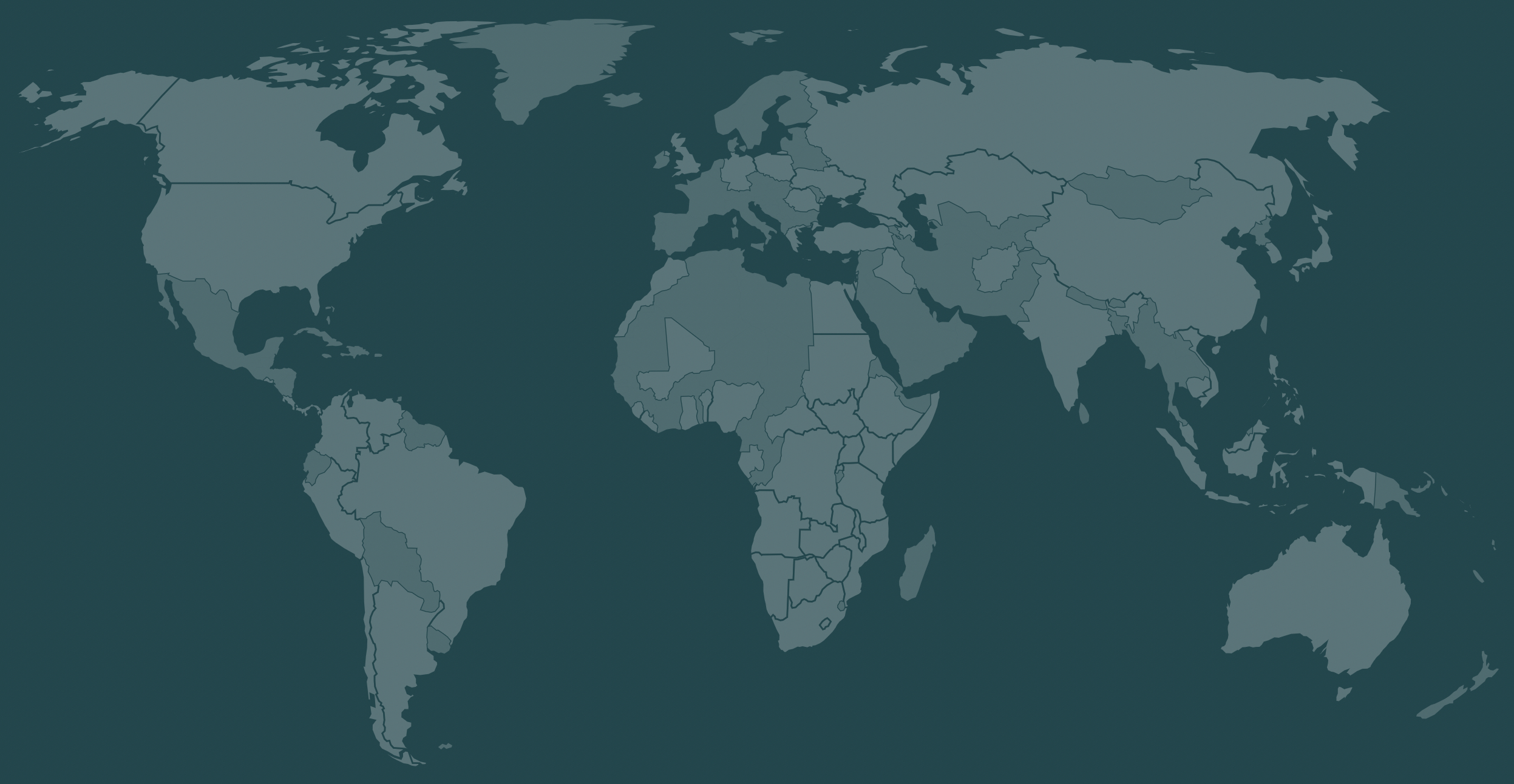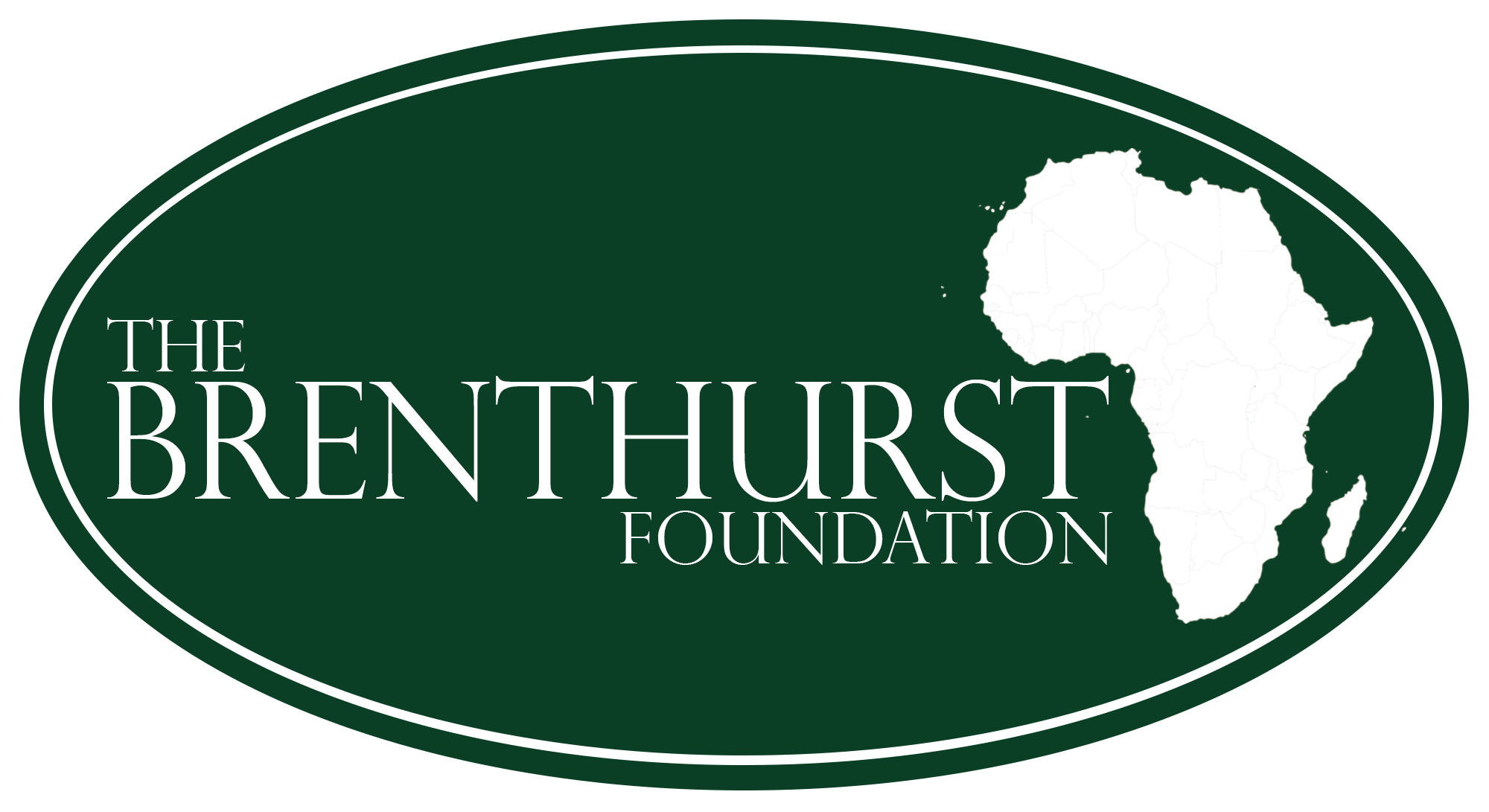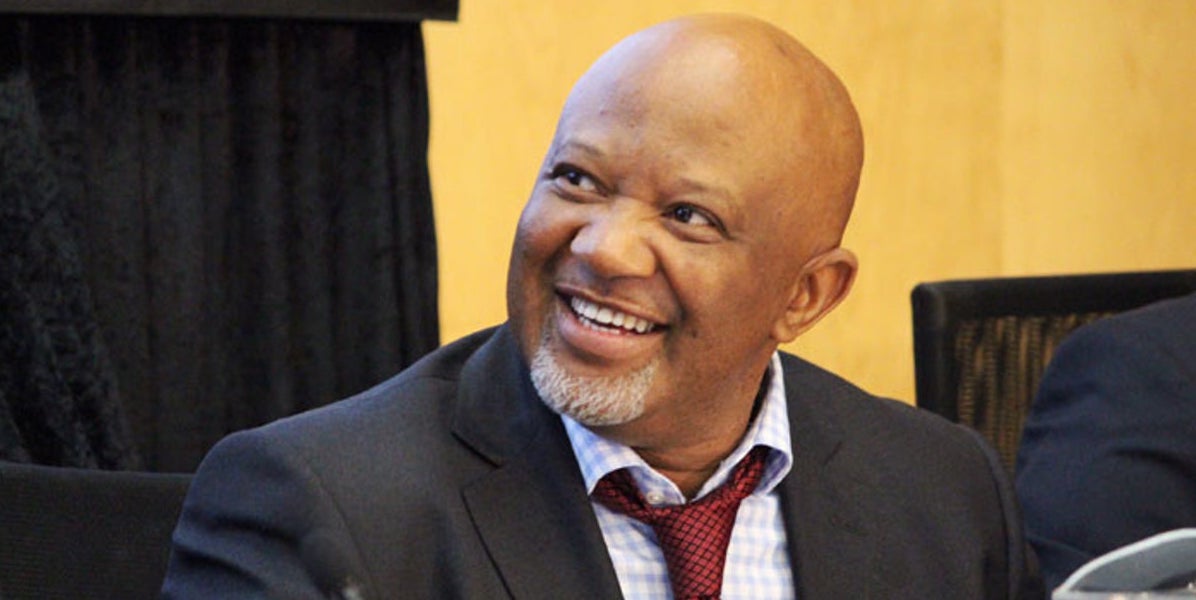News
Dam It! Ethiopia's game-changing project — and its regional problem
There have been significant regional problems to overcome, given the Blue Nile, which it dams, is the lifeblood for so many.
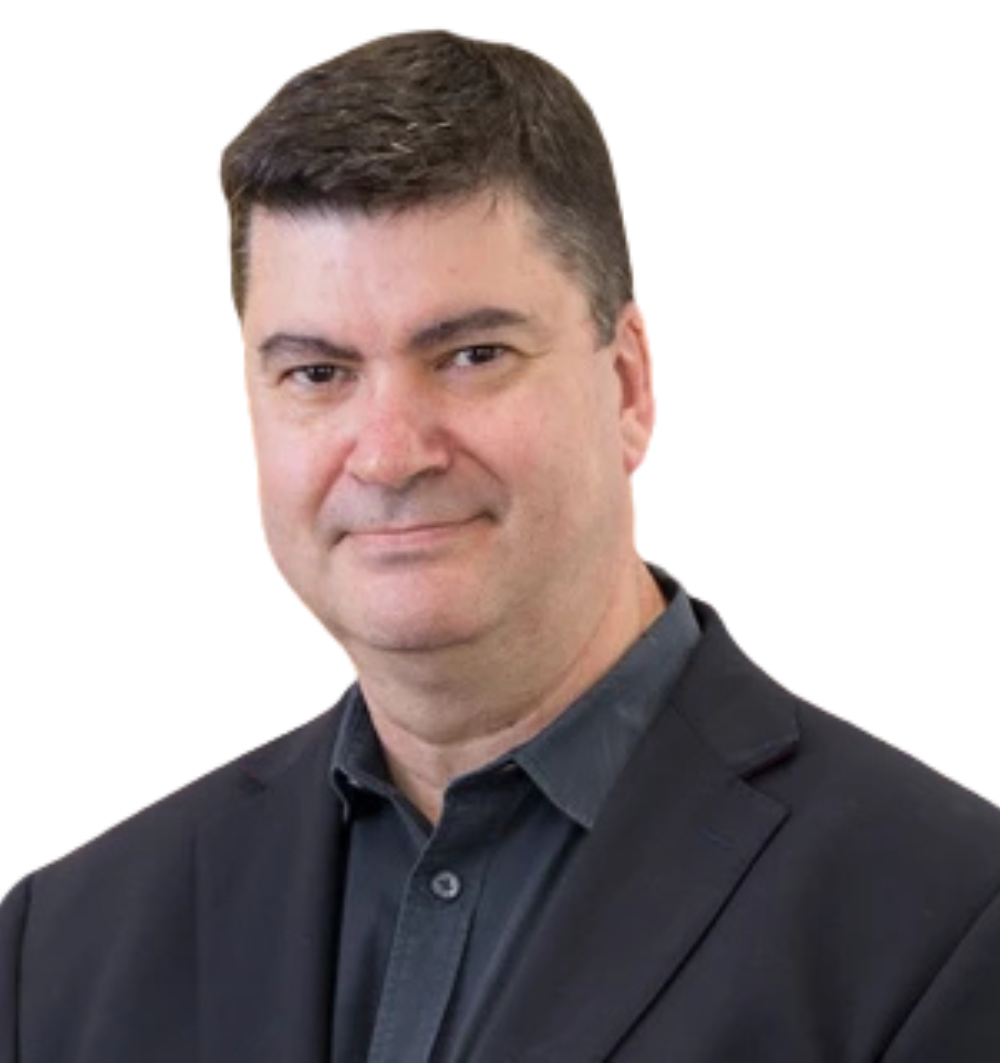
Former Research Director, The Brenthurst Foundation

Former Director, The Brenthurst Foundation
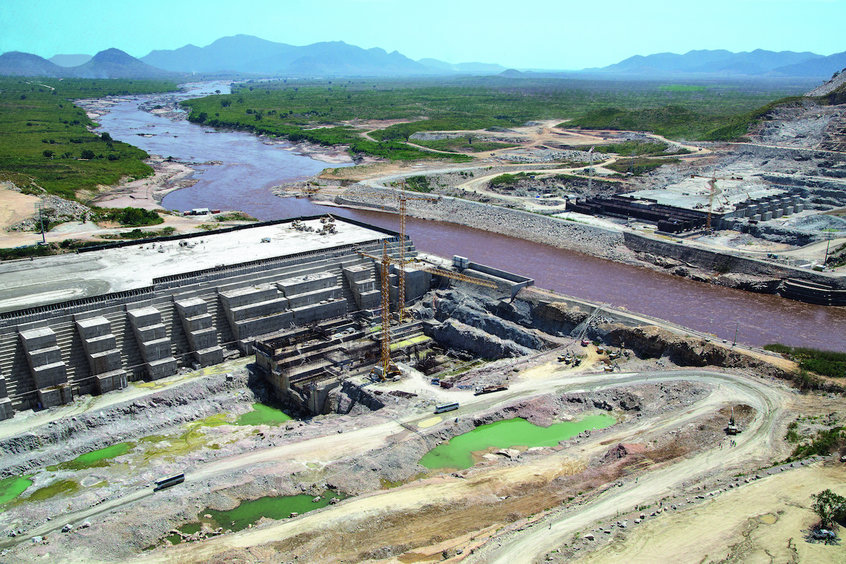
For all of the promising talk about African continental integration and co-operation and the benefits of a nascent African Continental Free Trade Area, walking it is apparently a far tougher reality, especially when critical national resources and interests are perceived to be at stake. Such is currently the story of the Grand Ethiopian Renaissance Dam.
By early 2021, one of Africa’s largest infrastructure projects, the Grand Ethiopian Renaissance Dam (GERD), will begin producing electricity as the decade-long project finally begins to boost the regional energy supply on a large scale.
Ethiopia’s Minister of Water, Irrigation and Energy, Dr Seleshi Bekele, said in an exclusive interview this month with The Brenthurst Foundation: “Early generation with two turbines will commence next year. It starts generating in 2020 or at the beginning of 2021 at the latest. So, we are going to store the first stage this coming rainy season in July/August and start operating the two turbines beginning of next year.”
Bekele, who has a Masters in Hydrology from Newcastle in the UK and PhD from Dresden University, said it would take an additional two years to complete the project by 2022. And it would take four to seven years to fill the dam with water. “It takes four to seven years. When there is a lot of water, we capture it. When it is extremely dry conditions, we pass the water instead of storing it.”
Expected to come in eventually at just under $5-billion, the dam is the largest project ever undertaken in Ethiopia. It is expected to boost the local economy. “For Ethiopia, it is really a significant source of energy to develop socio-economically. The current energy capacity is very low,” says the Minister. “We have about 4500 MW.” The GERD is expected to increase this by a further 150% he says, with a nameplate output on 14 Francis turbines of 400MW each, plus two more at 375MW.
The electricity generated by the hydro project is expected to be used in manufacturing, industrialisation, agro-processing and the services sector with the benefits extending to the region.
The dam has been long mooted, the site first identified by the US government in the late 1950s. But it has not been without controversy. There have been significant regional problems to overcome, given the Blue Nile, which it dams, is the lifeblood for so many.
Cairo especially fears the GERD will reduce the flow of the Nile and endanger food security among its burgeoning 100 million population. Egypt relies on the Nile for 90% of its water, an existential issue, Cairo would have it, in a country where the population has increased nearly four-fold over the last 60 years.
Currently, the arrangement around the flow of the Nile is regulated by a 1959 bilateral agreement between Egypt and Sudan, based on the 1929 Anglo-Egyptian Treaty, based on an ostensible 75:25 split, with Egypt taking the bulk.
Sudan and Egypt have pulled out of a 45-Article, comprehensive framework agreement with Ethiopia after years of negotiation.
Bekele said: “At the last moment, Egypt and Sudan pulled out. The other six riparian countries [Burundi, Rwanda, Kenya, Ethiopia, Uganda and Tanzania] have signed; four have already ratified this comprehensive framework agreement.”
“This will lead, ultimately, to the Nile Basin Commission. It will be the future of the Nile. I’m sure downstream countries ultimately, will come to it because in the natural discourse it’s the downstream countries that want to protect themselves from the upstream countries.”
Bekele said Sudan and Egypt would benefit from the project.
“Since the dam is storing water it becomes like a water bank, protecting against floods downstream, releases regulated flow, in fact, helps the socio-economic situation in the downstream countries.”
“For regional energy, it will bring a lot of value,” he adds. “First of all, it is relatively cheaper electricity. We already have a connection to Sudan and Djibouti and we can increase the capacity to those countries. With Kenya, we are already constructing a big transmission highway which ultimately can transmit up to 2000MW.”
Hydro-power, he believes, would work in concert with renewable energy to ensure a more reliable and constant flow of power.
“Hydro can be switched on and off in a matter of minutes. That means that when solar is out, hydro can be substituted increasing the integrated energy system in the region. The same with wind.”
With construction having started in 2011, Ethiopia is pressing ahead hard to make up for past project delays. Prime Minister Abiy Ahmed took the bold step in 2018 of ditching the once-influential local Metals and Engineering Corporation (METEC) to build the dam’s turbines in favour of two Chinese companies, saying not a single turbine was operational more than seven years after the government awarded the contract to METEC.
But meetings this past week in Addis produced no solution to the Ethiopian-Egyptian impasse. Minister Bekele accused Egypt of coming to the talks with no intention of reaching a deal, saying it was unacceptable to expect the dam to be filled in “12-21 years”. Talks on the management of regional water flows now shift to Washington. The countries are due to convene in the US capital on 13 January with the ambitious objective of resolving their dispute within two days.
When complete, the Grand Ethiopian Renaissance Dam will be the largest hydroelectric power plant in Africa and the seventh-largest in the world. It has been constructed through an international consortium, including Chinese, Italian and French contractors. It seems getting erstwhile external rivals aligned is much easier than professed African partners.
This article was originally published on The Daily Maverick..
